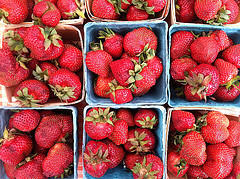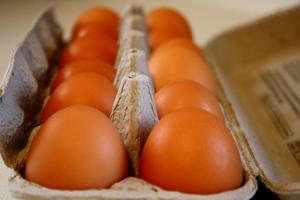You may enjoy drinking wine at home, but how much do you really know about serving it to your guests? If you want to learn how to properly serve reds, whites, and even dessert wines at your next dinner party at Plaza at San Jacinto, check out these simple tips.
- Invest in a good set of wine glasses. They don’t have to be expensive (many closet less than $5 a piece), but having the proper wine glasses is the first step toward serving great tasting wine. Choose tulip-shaped glasses with stems or without, and make sure that they’re made of real glass to avoid that plastic taste.
- Clean the glasses. Before serving wine, clean your glasses thoroughly by hand using simple dish soap and hot water. Rinse thoroughly before using.
- Serve at the proper temperature. If you’re serving light white wines or sparkling wines, keep them at a cool 40 to 50 degrees Fahrenheit. Full-bodied whites, such as chardonnays, and lighter reds should be served at 50 to 60 degrees, while red wines and ports should be served at 60 to 65 degrees.
- Keep it at the proper temperature. Keep your wine tasting great all night by using an ice bucket for white wines. Red wines can simply sit on the counter to stay at room temperature.
25 Tips on How to Serve Wine [Bauduc Blog]
Organic Wine Serving Tips [Frey Vineyards]
How to Serve Wine 101: Tips on the Perfect Serving Temperature [Wine Spectator]










 Equal Housing Opportunity
Equal Housing Opportunity